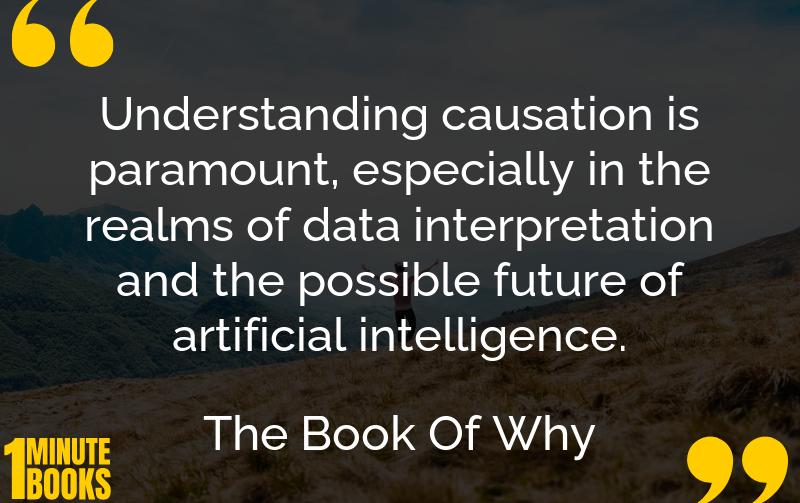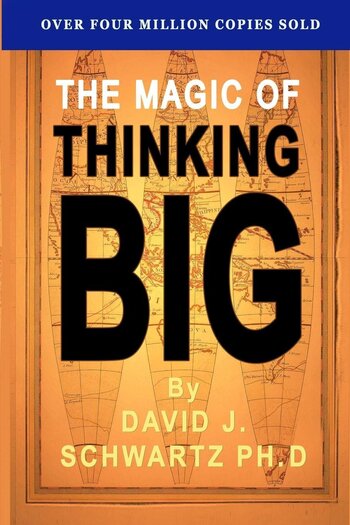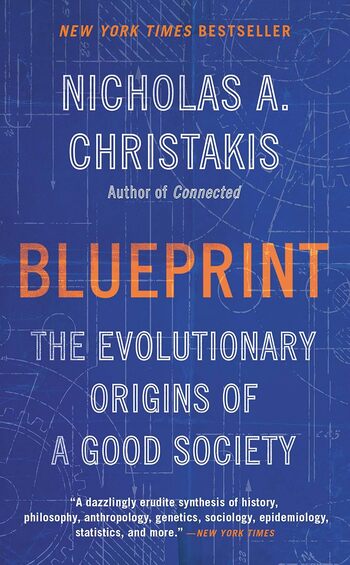
Judea Pearl’s ‘The Book of Why’ examines the vital role of causation in understanding the world, introducing the Ladder of Causation and its implications for science and AI.
Main Lessons
- Causation is central to interpreting data across various fields like medicine and climate science.
- The Ladder of Causation helps dissect cause-and-effect relationships and consists of three levels: observation, intervention, and counterfactuals.
- Active intervention through controlled experiments is crucial for progressing up the ladder.
- Counterfactual reasoning involves imagining different outcomes based on different actions, essential for complex causal inquiries.
- Confounding variables can mislead results; techniques like randomization help mitigate their effects.
- Identifying the correct mediator is vital to understanding why specific outcomes occur, as seen in historical missteps like scurvy.
- The relationship between correlation and causation has historically been controversial but is being increasingly understood through causal diagrams.
- AI, by employing causal diagrams, could evolve to efficiently address ‘why’ questions, enhancing advancements in science and medicine.
- Pearl’s work underscores the human advantage in causal reasoning over current AI capabilities.
- The book suggests that a deeper understanding of causation could lead to significant scientific breakthroughs.
- Causal diagrams help visualize and test the relationships between factors, mediators, and confounders.
- By employing causal reasoning, we can make more informed decisions and avoid the pitfalls of misinterpreting data.








